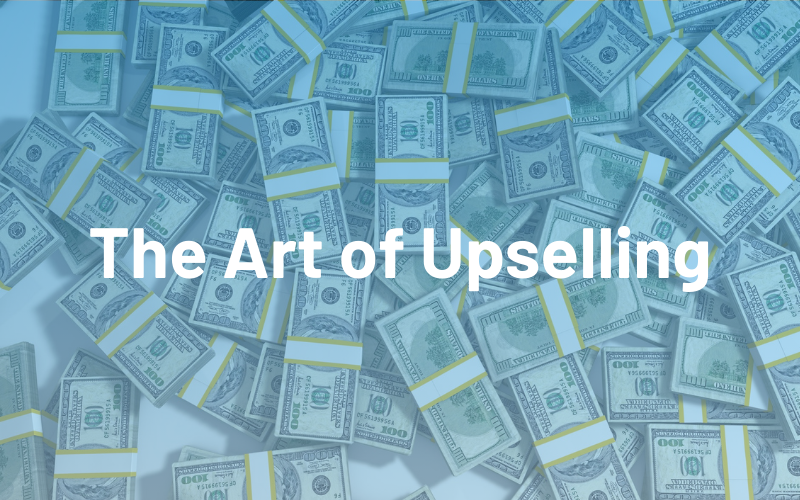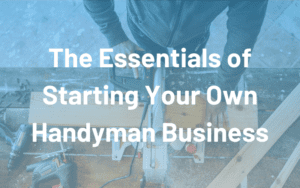Upselling is a powerful sales technique that can significantly increase your revenue without the need to acquire new customers. For small businesses, mastering the art of upselling can be a game-changer, as it allows you to maximize the value of each transaction and enhance the customer experience. In this guide, we’ll explore what upselling is, why it’s essential, and how you can effectively implement it in your small business.
What is Upselling?
Upselling involves encouraging customers to purchase a more expensive or premium version of a product or service they’re already considering. It’s about offering added value that meets their needs while also boosting your sales. Unlike cross-selling, which promotes related or complementary products, upselling focuses on enhancing the original purchase.
Why Upselling is Important for Small Businesses
- Increases Revenue: Upselling helps you generate more revenue from each sale, improving your bottom line without increasing your marketing costs.
- Enhances Customer Experience: By offering products or services that better meet your customers’ needs, you provide a more personalized shopping experience.
- Builds Stronger Relationships: When done correctly, upselling can position your business as a trusted advisor, helping customers make better purchasing decisions.
- Boosts Customer Lifetime Value: Successfully upselling to customers can increase their overall lifetime value, leading to more repeat business and long-term loyalty.
Strategies for Effective Upselling
- Understand Your Customers’ Needs: Before attempting to upsell, it’s crucial to understand what your customers truly need. Engage with them, ask questions, and listen to their preferences. When you know what they’re looking for, you can offer upgrades or premium options that genuinely add value.Example: If you run a bakery and a customer orders a basic birthday cake, ask about the event. If it’s a milestone celebration, you might suggest a larger cake with custom decorations.
- Offer Relevant Upgrades: The key to successful upselling is ensuring that the upgrade is relevant and beneficial to the customer. Offer products or services that complement their initial purchase and enhance their experience.Example: In a small coffee shop, if a customer orders a regular coffee, you could offer a specialty blend or a larger size at a slightly higher price.
- Highlight the Benefits: Customers are more likely to accept an upsell if they clearly understand the added benefits. Explain how the upgraded product or service will solve their problems, save them time, or provide a better experience.Example: If you own a car wash, explain how opting for the premium package will not only clean the car but also protect the paint and extend the life of the vehicle.
- Use Persuasive Pricing: When upselling, pricing can make or break the deal. Offer a small price difference between the basic and premium options to make the upsell more appealing. Customers are more likely to choose the upgrade if it feels like they’re getting more value for a little extra cost.Example: If you run a subscription-based service, offer a monthly plan and a yearly plan at a discounted rate. The slight price difference encourages customers to opt for the annual subscription.
- Create Bundles: Bundling products or services is an effective way to upsell, as it allows customers to get more value for their money. By packaging related items together at a reduced price, you can entice customers to spend more than they initially planned.Example: A small clothing store could offer a bundle that includes a dress, shoes, and accessories at a discounted rate compared to purchasing each item separately.
- Leverage Social Proof: Showcasing positive reviews or testimonials from customers who have upgraded their purchases can influence others to do the same. Social proof can help build trust and make the upsell feel more appealing.Example: Display customer testimonials or ratings for your premium products on your website or in-store to encourage others to choose the upgraded option.
- Train Your Staff: If you have a team, ensure they are well-trained in upselling techniques. They should be knowledgeable about the products and services you offer and skilled in identifying opportunities to upsell without being pushy.Example: A small gym can train its staff to suggest personal training sessions or premium membership plans when customers sign up for basic memberships.
- Make It Easy: Ensure that the upselling process is seamless and straightforward. Whether online or in-store, make it easy for customers to see and select the upgraded options. Complicated or confusing upsell offers can deter customers from making the purchase.Example: An e-commerce store can include a simple pop-up or checkbox during the checkout process that offers an upgraded product or service.
Avoiding Common Upselling Mistakes
- Don’t Be Pushy: While upselling can boost sales, being too aggressive can drive customers away. Always prioritize the customer’s needs and offer upgrades that genuinely benefit them.
- Avoid Irrelevant Offers: Upselling irrelevant products or services can frustrate customers. Ensure that the upsell makes sense and aligns with their purchase.
- Don’t Overcomplicate: Keep your upsell offers simple and easy to understand. Overloading customers with too many options can lead to decision fatigue and reduced sales.
Conclusion
Upselling is an art that, when mastered, can significantly boost your small business’s sales. By understanding your customers’ needs, offering relevant upgrades, and highlighting the benefits, you can increase your revenue while providing a better customer experience. Successful upselling is about adding value, not just increasing the price. Implement these strategies, and you’ll see your small business thrive.



